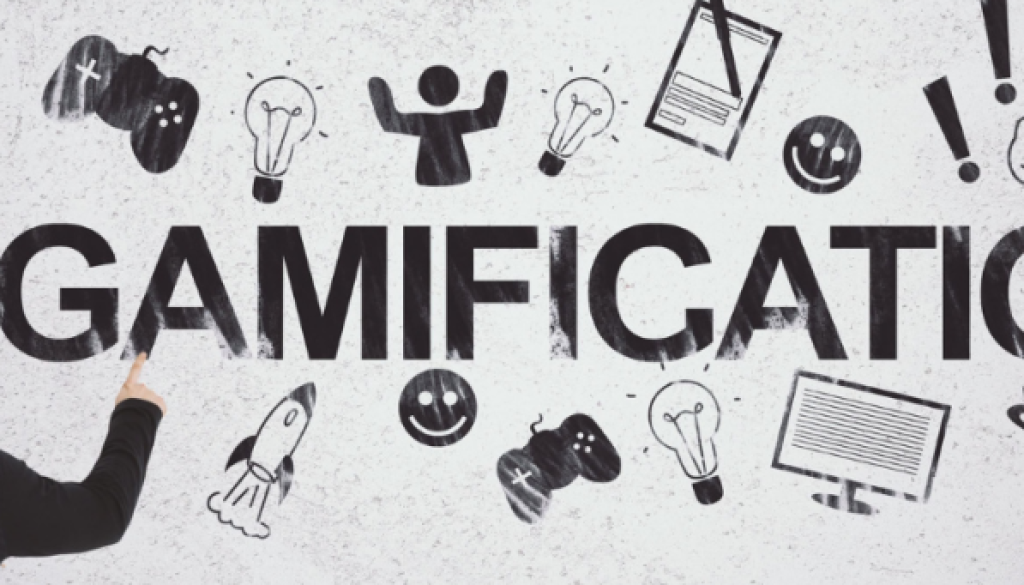A realistic approach to gamification success

Gamification is no longer the new kid on the block. In 2011, Gartner had predicted that gamification had reached the peak of expectations and was headed into the “trough of disillusionment” in its hype cycle.
This meant that gamification was still being sparsely adopted, and less than 5% of organizations had fully adopted it. A decade later, with widespread adoption, we could say that gamification has gained maturity and has made its way past the “plateau of productivity” into mainstream adoption.
What has changed since then is that there has been significant growth in the understanding of game design and player engagement strategies that have moved beyond leaderboards, points and badges. Success in gamification requires a command of both of these in order to effectively motivate users, but they are complex topics that will take a good deal of exploration in order to master in an application. Because of this, most early attempts at gamification fell short of their targets to change behavior.
Build a basic version, often called a minimum viable concept (MVC), and get it out into the hands of your users. Measure their response by analyzing the data metrics you have designed into the software and watch social media for their feedback. You will learn much more about how people really think and act by doing this than you ever will by just imagining what they are thinking. Then take that feedback and quickly incorporate it into the next version of your gamification software. You will iterate quickly to a version that drives behavior and is fun as well.
But don’t stop there. Good game designers constantly tweak and improve their game to make sure it stays relevant and interesting. This is true for gamified business software as well. You must be willing to continue your efforts after the first version in order to achieve the rewards you seek over the long term.
Nike is the perfect example of success with gamification with a direct impact on revenue. The Nike+ Run used gamification to let users track personal running goals. The app saw membership increase by 40% while also ensuring increased engagement, interactivity, and top-of-the-mind awareness, as well as having an impact on revenue growth with a 30% increase.
Before the pandemic struck in 2019, the Starbucks Rewards program was hailed as a success in gamification with an increase in revenue of $2.65 billion. Since then, this gamification strategy has paid dividends, with membership in the program growing by 2.5 million members to a record 21.8 million from 16 million in 2019. Fifty percent of its first-quarter sales in 2021 were attributed to Starbucks Rewards customers.
Next Steps
If you are ready to translate gamification theory into action in order to effect change in your customers or employees, you should engage a firm with great game designers and software engineers experienced in this kind of software development.
Relevantz Technology Solutions, Inc., specializes in helping companies design and build innovative and engaging software to drive revenue, improve performance and build brand loyalty. We are happy to talk with you to help develop and plan the next steps toward reaching these goals in your organization.
